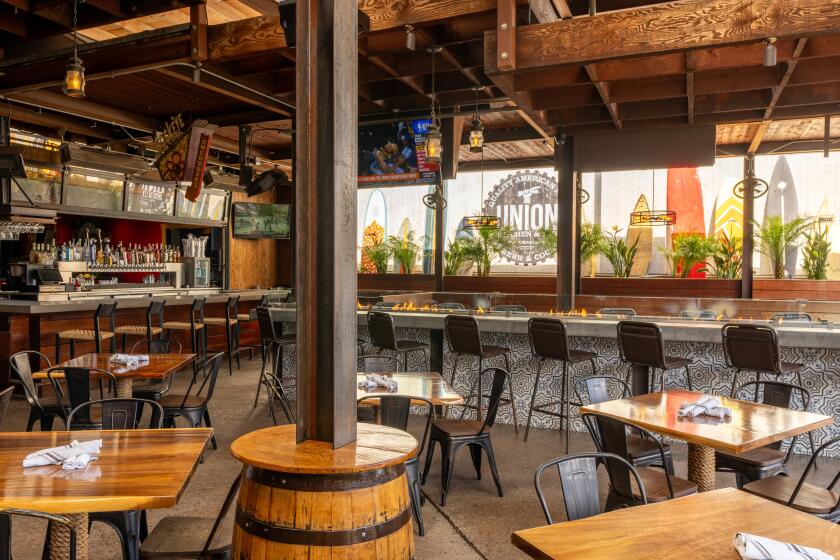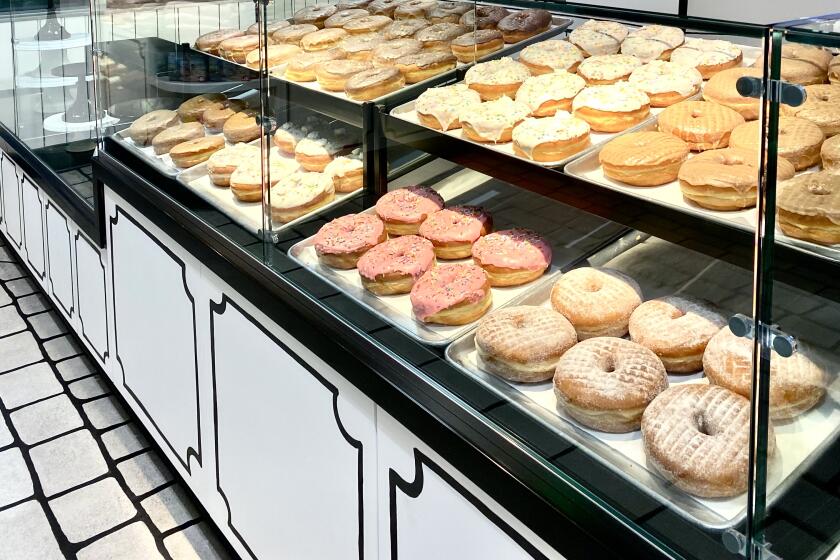Potential fallout from Dollar Tree merger
Dollar Tree's $8.5 billion merger with fellow discounter Family Dollar next year could have consequences for consumers and shopping center owners, CoStar analysts said Thursday, including closures of some stores.
That could be a sharp disappointment to landlords who have gotten used to the aggressive expansion of the deep discounters,who filled empty storefronts while helping drive the economic recovery, said CoStar Director of Retail Research Suzanne Mulvee.
Dollar Tree announced Monday that it will control an estimated 13,000 total stores and 145,000 employees when the deal closes in early 2015, and as the new leading discount retailer will boast an estimated $18 billion in annual sales.
California has the highest concentration of Dollar Tree stores, with 437 of them scattered across the state. Twenty-nine of those are in San Diego County, shows the retailer's online store locator.
But nearly half of Dollar Tree's 5,080 stores nationwide are within three miles of one of Family Dollar's 8,200 locations, according to commercial real estate research firm CoStar.
A Family Dollar on Logan Avenue in San Diego's Lincoln Park neighborhood, for example, is 0.6 miles north of the nearest Dollar Tree at the National City Plaza shopping center on Euclid Avenue.
"These are stores that could easily be closed down," Mulvee said. "There's some interesting risk in the dollar store tenants today."
But even though the two retailers target the same consumers — low-income shoppers and other penny pinchers — they have different things to offer. Dollar Tree specializes in party, seasonal and household items for less than $1, while Family Dollar offers an array of discounted brand name and private brand items.
Because San Diego is home to only five Family Dollar stores, its risk is also lower in the potential fallout.
Dollar Tree declined to comment on its plans in the merger, beyond what was said in its call earlier this week with investors.
The brands will remain separate until the acquisition is completed, though, and as the two Fortune 500 companies get closer to sealing their deal, talks of how to integrate them will pick up.
Get U-T Business in your inbox on Mondays
Get ready for your week with the week’s top business stories from San Diego and California, in your inbox Monday mornings.
You may occasionally receive promotional content from the San Diego Union-Tribune.







